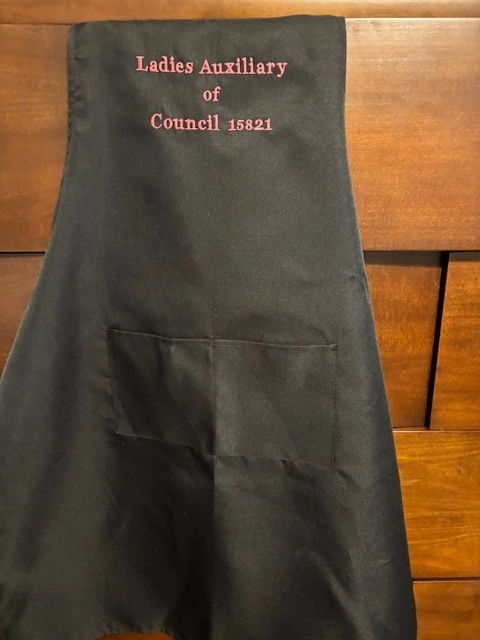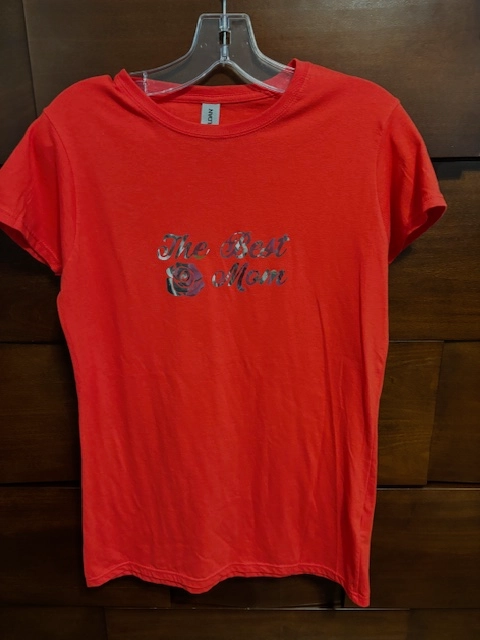The Art of Custom Embroidery: Opening the Secrets to Creating Special and Unforgettable Designs
Embroidery, a craft steeped in tradition and creativity, holds within its elaborate stitches the power to transform fabric into a canvas of unique expression. The tricks to producing custom-made needlework styles that captivate the eye and leave an enduring impact depend on a fragile balance of method, imagination, and interest to information. As we look into the globe of customized embroidery, we uncover the nuanced interaction between string option, sew intricacy, and design personalization that raises a mere garment to an artwork. Join us on a journey through the art of custom-made needlework as we untangle the secrets behind crafting truly remarkable and distinctive developments.
Selecting the Right Embroidery Threads
When picking embroidery strings, what crucial factors should you take into consideration to guarantee the most effective results for your personalized designs? The option of embroidery thread is crucial in figuring out the final result of your stitched layout. One of the primary factors to consider is the material of the thread. Various products such as cotton, polyester, rayon, and silk supply differing levels of luster, longevity, and structure. It is important to choose a thread material that enhances the fabric you are embroidering on and aligns with the preferred appearance of the layout.
Thicker threads can add dimension and structure to your style, while finer strings are perfect for detailed details and small message. Additionally, thinking about the color fastness and washability of the thread is crucial to guarantee that your custom-made styles maintain their high quality and vibrancy over time.
Discovering Various Stitch Methods
To dive into the world of 'Checking out Different Stitch Strategies', one must realize the ins and outs and nuances that each sewing technique gives the art of needlework. Different stitch techniques not just include aesthetic rate of interest yet additionally add to the general structure and measurement of the layout. One popular stitch technique is the satin stitch, which includes carefully jam-packed parallel stitches to create a smooth and shiny surface, suitable for completing shapes and producing vibrant outlines.
On the various other hand, the backstitch is a flexible technique frequently made use of for describing and including great details. It entails sewing backwards to produce a solid line of needlework. Additionally, the French knot stitch adds a responsive aspect to styles, excellent for creating textured accents like blossom centers or attractive touches.
Exploring various stitch techniques enables embroiderers to play with light, shadow, and depth within their layouts, boosting the aesthetic allure and creative high quality of their embroidery jobs. By grasping numerous sewing approaches, one can unlock endless opportunities for developing unique and unforgettable custom-made embroidery items.
Incorporating Personalized Layout Elements
Having actually explored the intricacies of different stitch techniques such as the satin stitch, backstitch, and French knot, the focus currently changes in the direction of incorporating individualized style aspects in personalized needlework projects. Individualized design components play an essential function in making embroidery projects absolutely special and remarkable.
An additional method to include personalized style components is by consisting of icons or themes that hold special significance to the recipient or mirror their rate of interests and character. Including a preferred flower, pet, or hobby-related icon can make the needlework style more significant and individualized. Additionally, selecting shades that resonate with the recipient or align with the desired theme can better improve the personalization of the needlework project.
Grasping the Art of Shade Control

One key facet of shade sychronisation is recognizing color theory. This includes knowing exactly how various shades communicate with each other, the emotions they communicate, and just how they can be integrated to create aesthetically attractive layouts. By applying shade theory principles, embroiderers can create unified color schemes that see enhance the overall look of the layout.
Additionally, focusing on comparison is crucial in color coordination. Making use of contrasting colors can help certain aspects of the design pop, improve readability, and create a visually vibrant embroidery item. By understanding the art of color control, embroiderers can elevate their layouts and create memorable items that resonate with clients and visitors alike.
Enhancing Structure With Advanced Embroidery Stitches

Bullion knots, on the other hand, can be made use of to develop twisted, ropelike components that add a glamorous feel to the embroidery. Experimenting with these innovative needlework stitches enables you to push the boundaries of traditional needlework and produce really distinct and visually enticing structures in your styles.
Conclusion
In verdict, the art of personalized needlework involves a combination of picking the ideal threads, exploring numerous stitch strategies, integrating customized design components, understanding color control, and boosting structure with advanced stitches. By recognizing and executing these key components, embroiderers can produce special and jean tailor near me memorable layouts that showcase their creativity and ability. Needlework enthusiasts can unlock the tricks to producing attractive and custom items that stand out and leave a long lasting impression.